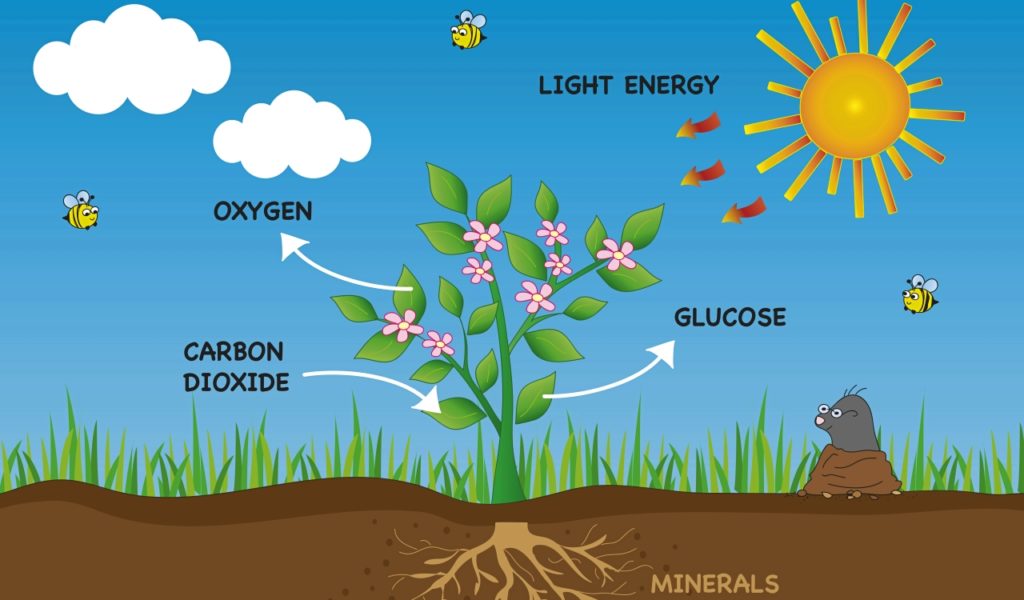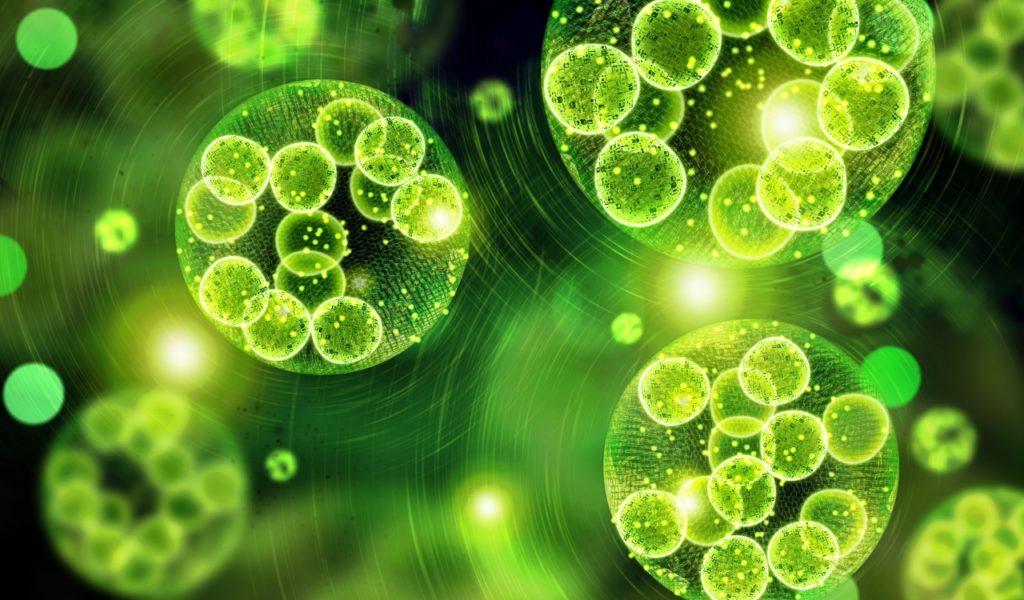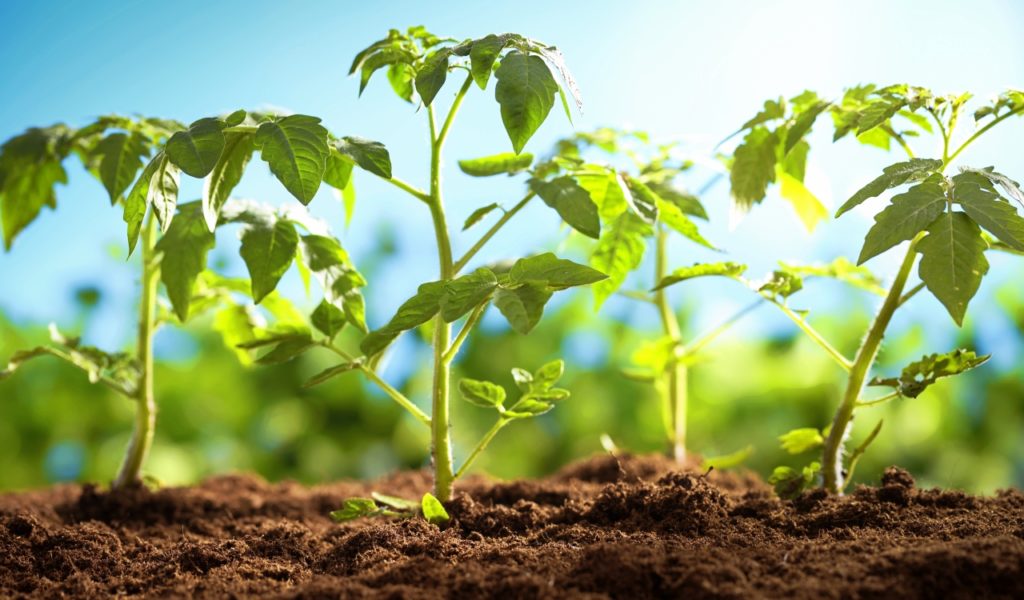For years now, we knew that photosynthesis was the process by which green plants and other organisms use sunlight to synthesize foods from carbon dioxide and water.
Essentially, this oxidation process is taking electrons from water and can reduce or even give electrons to carbon dioxide molecules. Of course, all of this requires the use of photosystems or protein complexes that contain chlorophyll. This is the chemical that gives plants green pigment.
Yet this might not be the total truth, researchers found. Funny enough, they actually found this out by accident.
In a study published in late March for the Nature Journal, researchers used a new technique. They call it “ultrafast transient absorption spectroscopy.” It is used to study how photosynthesis works at a timescale, of one quadrillionth of a second, or 0.000000000000001 seconds.
What We’ve Known About Photosynthesis

This was a first, which already made the move pretty cool and unique on its own. Yet the entire idea was to try and figure out how quinones (ring-shaped molecules that can steal electrons during chemical processes) impact photosynthesis overall.
However, the team found that electrons could be released from photosystems a lot earlier during the photosynthesis process. In fact, it could be happening far earlier than scientists believed was even possible.
Biochemist Jenny Zhang, who specializes in photosynthesis at the University of Cambridge, co-authored the study. She claimed:
“We thought we were just using a new technique to confirm what we already knew. Instead, we found a whole new pathway, and opened the black box of photosynthesis a bit further.”
We know that two different photosystems are used during photosynthesis: photosystem I (or PSI) and photosystem II (or PSII). It is known that PSII mostly provides electrons to PSI by taking them from the water molecules.
This is all enhances when PSI excites the electrons before releasing them, which eventually leads to the electrons transferring to the carbon dioxide. This will create sugars, which happen through various complex steps.
The Observed Change

Previous research suggested that protein scaffolding in both PSI & PSII was quite thick. The reasoning for the thickness is that it helps to contain electrons within them before they pass on to areas of need.
However, the ultrafast spectroscopy technique revealed that this protein is actually much more “leaky” than previously assumed. On top of that, some electrons can escape from photosystems almost immediately once chlorophyll absorbs light within the photosystems.
The result of this? Electrons can technically reach their destination much faster than expected.
Zhang said regarding this that…
“The new electron transfer pathway we found here is completely surprising. We didn’t know as much about photosynthesis as we thought we did.”
The “electron leaking” was observed in both isolated photosystems as well as living photosystems, inside cyanobacteria. Thus, the findings were checked in different ways to see if the original finding was true.
What Does This Mean?

We’ve essentially rewritten science with such a new finding. What we knew about photosynthesis previously is no longer valid. Yet this team never could find any of this if not for new tech and scientific development.
In addition to that, this discovery will open up new avenues for future research and even new biotechnology applications.
The research team led by Zhang believes that by essentially “hacking” photosynthesis to release more electrons at earlier stages, this process could become much more efficient. That could help to produce plants that are more resistant to sunlight or even replicated at an artificial level to create renewable energy. This, ideally, could combat climate change.
Of course, we need more research before anything like this can come about.
Zhang went on to claim:
“Many scientists have tried to extract electrons from an earlier point in photosynthesis but [they] said it wasn’t possible because the energy is so buried in the protein scaffold. The fact that we can [potentially] steal them at an earlier process is mind-blowing.”
Resources: